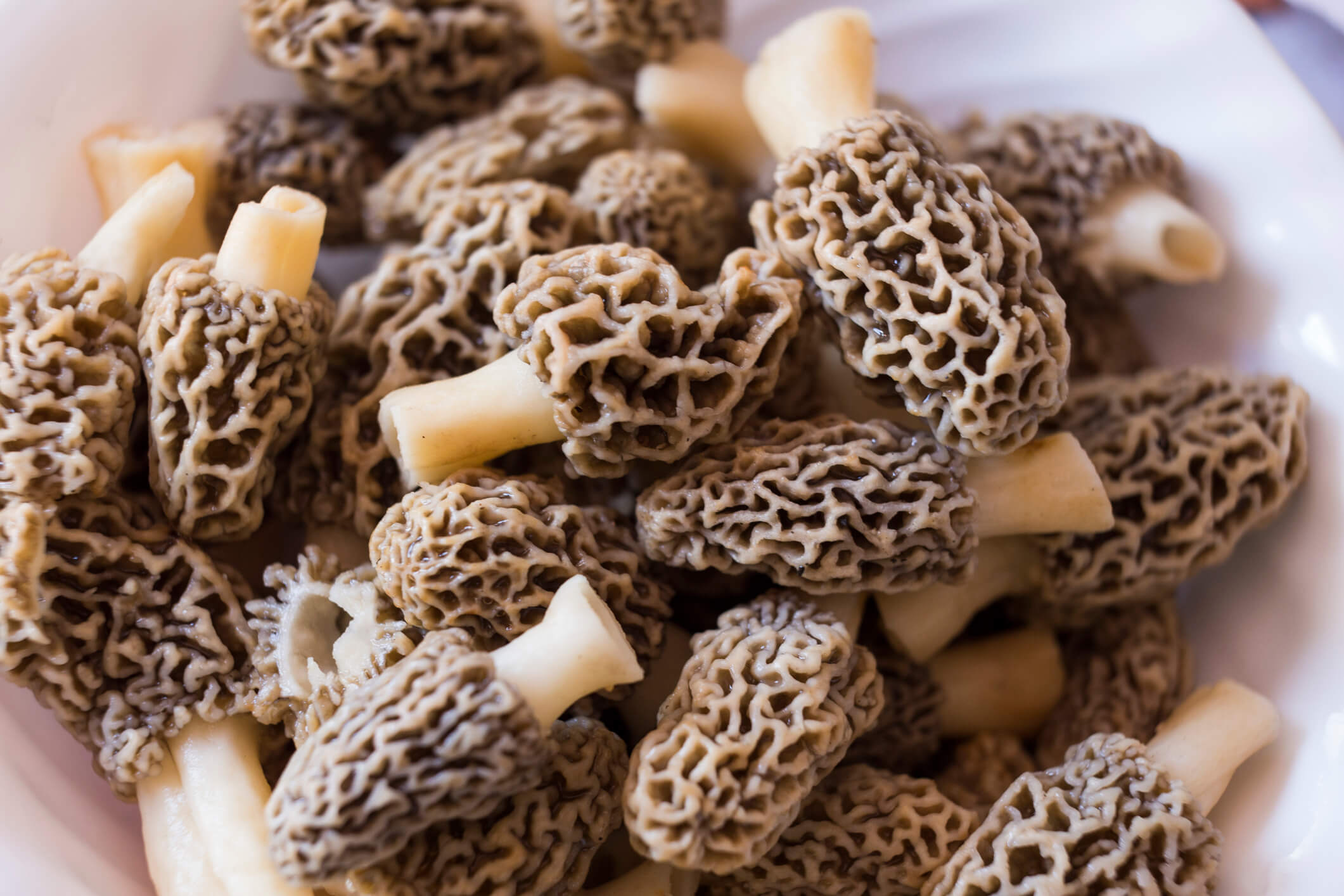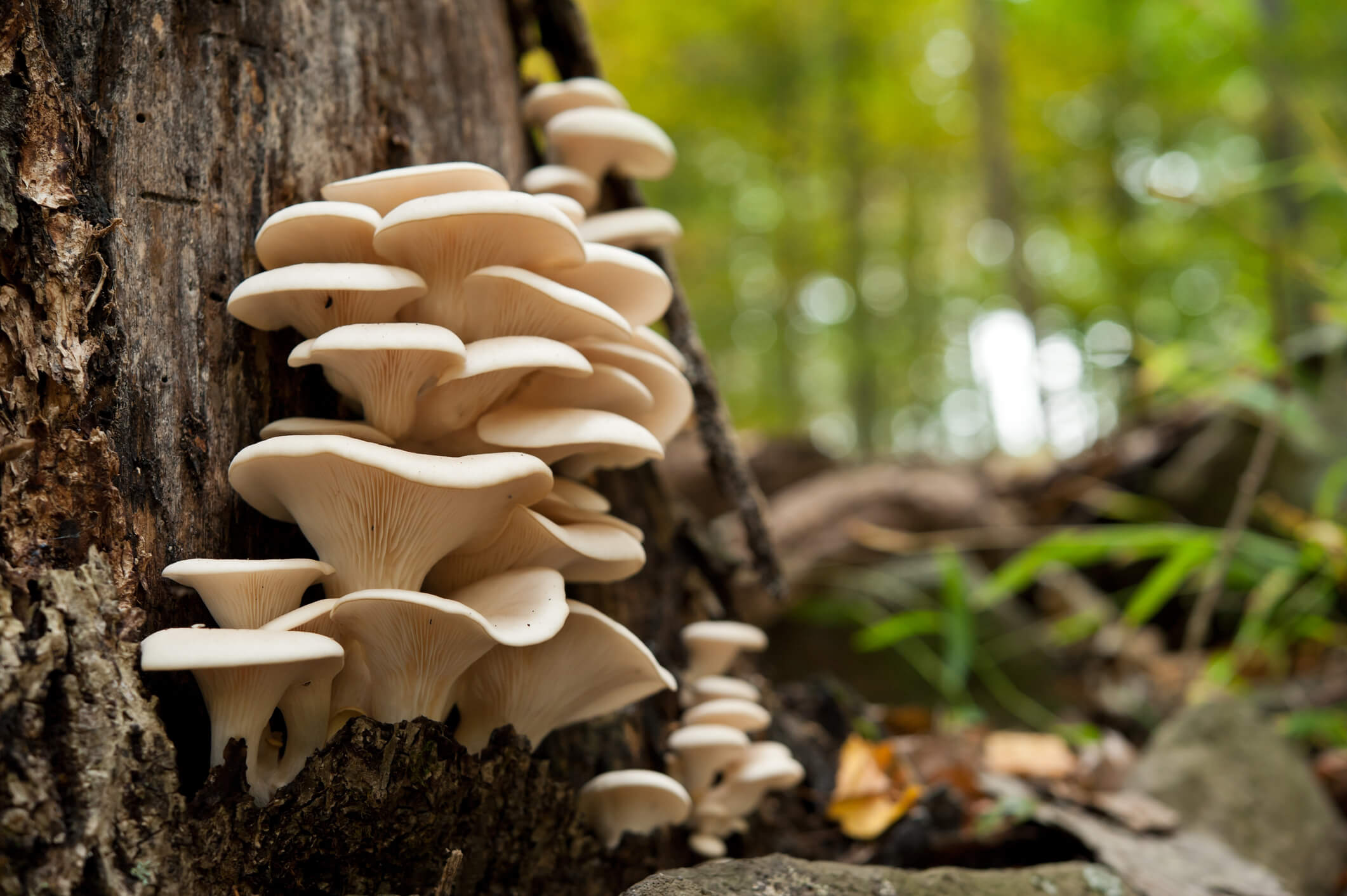5 things to keep in mind while picking wild mushrooms
Athabasca University mycologist shares words of wisdom for aspiring mushroom hunters
With prices at the grocery stores rising, more and more folks are feeling the pinch and looking for ways to reduce their food budget.
The natural environment in Alberta has been the pantry of those living on this land for thousands of years, with valuable food sources growing from the ground, swimming in the waterways, and walking around on top of it.
For those who don’t have much interest in angling or hunting, though, wild mushrooms can be an excellent source of nutrition.
Dr. Roland Treu, an avid mycologist (someone who works with fungi) and associate professor in Athabasca University’s Faculty of Science and Technology, said mushrooms are an excellent source of proteins, vitamins, and amino acids. They’re also relatively low in fat and calories.
“In addition to their culinary value as a gourmet food, mushrooms are considered as a health food,” he said.
But while wild fungi can be both nutritious and delicious, they can also be deadly. Treu said he’s not aware of Canadian statistics, but news reports suggest mushroom poisonings are not uncommon.
He shared some tips for any prospective amateur mycologist to consider before heading out into the bush to pick.
1. Know what you’re picking
There are old mushroom pickers and there are bold mushroom pickers, but there are no old, bold mushroom pickers.
“Never eat anything you can’t identify with certainty,” Treu said.
He suggests joining a group like the Alberta Mycological Society and taking advantage of their events, courses, and forays—events where amateurs can join more experienced mushroom hunters.
There are also many books, such as Mushrooms of Western Canada by Helene Schalkwijk-Barendsen and All That the Rain Promises and More by David Arora, which can be valuable resources for new and experienced mushroom pickers alike.

2. Only pick and eat fresh mushrooms
Even if you’re certain of the species of mushroom you’re picking, and certain that this species is safe to eat, the sample could still be dangerous if it’s not fresh.
Treu said mushrooms are sometimes removed from edible lists as a result of someone eating samples that are past their prime.
“Usually the particular species is blamed, and then you read ‘this mushroom is no longer considered safe to eat,’ because some greedy dummy collected old stuff,” he said.
You should also keep your mushrooms fresh after you pick them. Like the mushrooms you buy at the grocery store, wild mushrooms can lose their quality very quickly if not stored properly.
“Remember that mushrooms still breathe after being collected. Cloth bags and baskets are perfect,” Treu said. “Never use plastic bags for collecting mushrooms, and at home, immediately remove the mushrooms from their container.”
“In addition to their culinary value as a gourmet food, mushrooms are considered as a health food.”
– Dr. Roland Treu, Associate Professor of biology, Athabasca University
3. Know where you're allowed to pick
Depending on which jurisdiction you’re picking in, don’t assume that just because you’re on public land you’re allowed to pick mushrooms.
Different designations of parks have different levels of permissiveness for harvesting wild food. For example, it’s illegal to collect plants or mushrooms in Canada’s national parks and picking in Alberta’s provincial parks is prohibited unless you have verbal permission from a conservation officer. Regulations vary in Alberta’s cities, but picking on Crown land is typically allowed. Each area may have its own rules, so check before you go.
It’s also important to know where different types of mushrooms grow. Morels, for example, are often found in areas that have recently been burned, while other species such as oyster mushrooms will typically only grow on birch, aspen, and other poplar trees. And of course, wherever you go, there are many reasons a species may or may not be growing there in a particular month or year.
“If you target a particular habitat, that helps. If you target a species, like ‘I must find this species today,’ you will always fail,” Treu said.
He also advises to avoid areas where pesticides may be sprayed, as such chemicals can accumulate in mushrooms, resulting in someone potentially getting sick from eating them.

4. Timing is everything
Even if you know where to look for your favourite species, and you know that you’re legally allowed to pick there, you may have a limited window of opportunity. Also, just because a species is no longer growing in one area, doesn’t mean it isn’t still prolific elsewhere.
For example, morels begin growing in May and the season lasts about 4 weeks in the Athabasca area, where Treu lives, but this can vary significantly with latitude and other factors.
“The true morels start in late May here. Down in southern Alberta they start as early as March, and if you go to the mountains, you may still find them in July or even August,” he said.
“Remember that mushrooms still breathe after being collected. Cloth bags and baskets are perfect. Never use plastic bags for collecting mushrooms, and at home, immediately remove the mushrooms from their container.”
– Dr. Roland Treu
5. Be prepared to be outdoors
It may seem obvious, but all the other advice for preparing to go outdoors into wild areas applies while mushroom hunting, as well.
Treu recommends taking bug spray into the woods, or a bug net, to handle some of the run-of-the-mill insects you’re going to run into. It may also be a good idea, depending on where you’re picking, to wear a hat or take other precautions against ticks.
It’s important to practice bear safety as well, including bringing protection such as bear spray or bear bangers, a type of noisemaker used to scare off wildlife.
Although mushrooms hunting takes place most often in wooded area out of direct sunlight, it’s still important to consider sunscreen—especially if hunting something like giant puffballs that grow in sunnier areas.
Lastly, as with any backwoods adventure, it’s important to let folks know where you’re going. If possible, take a map of the area you’re picking in or bring a GPS device to make sure you don’t get lost.
If you’d like to learn more about foraging mushrooms in Alberta, Treu has recently published a free guide: Mushrooms of the Athabasca region.